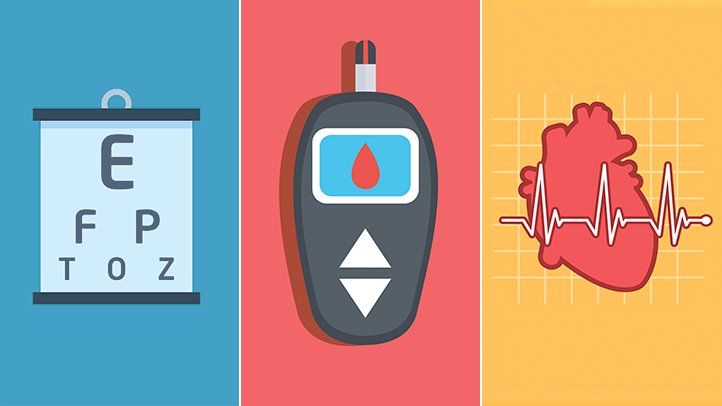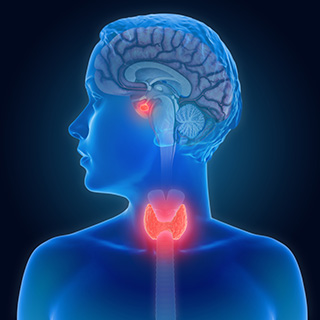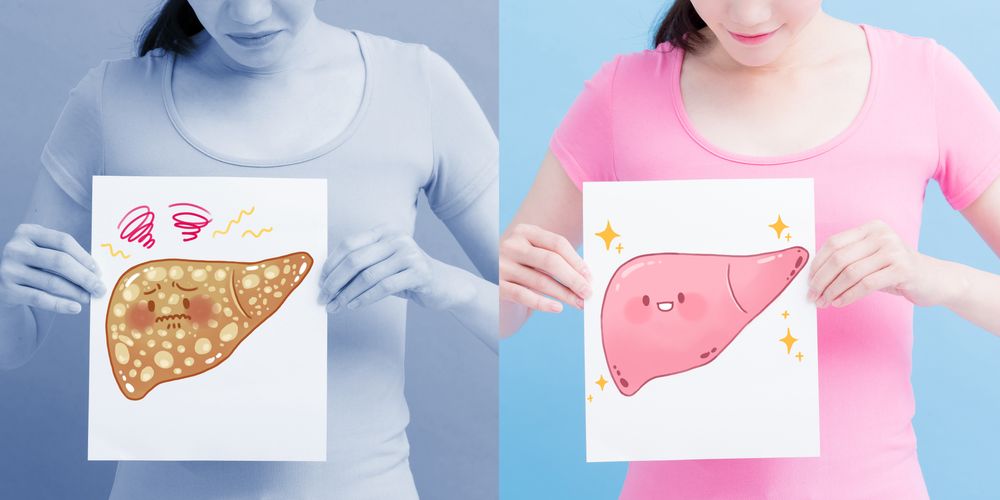One type of fat protects your heart, the other puts you at risk for cardiovascular disease. It’s wise to know the difference.
The body needs certain healthy fats to construct cell membranes, insulate nerves, and ensure that many vitamins, like D and K, work like they’re supposed to.
But not all fats are good for you; some, in the wrong amounts, can seriously damage your health.
Types of Healthy Fats
Dietary fats fall into three categories:
- Saturated fats.Animals are the primary source of saturated fats, with high levels found in beef and full-fat dairy products and medium levels in poultry and eggs. Some vegetable oils, such as palm oil, also contain a lot of saturated fat.
Saturated fats are necessary for the body — but in small amounts. Less than 10 percent of your daily calories should come from saturated fats, preferably
from lean poultry and low-fat or fat-free dairy products. For people who consume 2,000 calories per day, only 20 grams at most should come from saturated
fat.
- Unsaturated fats.These good fats are what you should eat the most of as part of a heart-healthy diet. There are two types of unsaturated fats: monounsaturated and polyunsaturated. Pecans, hazelnuts, almonds, sesame seeds, pumpkin seeds, olive oil, peanut oil, and canola oil have high concentrations of monounsaturated fats. Fish, flax seeds, flaxseed oils, corn oil, soybean oil, and sunflower oil contain polyunsaturated fats.
Omega-3 fatty acids — found in some types of fish like salmon and herring, and in plant products, such as soybean oil, canola oil, walnuts, and flaxseed —
are a type of polyunsaturated fat that are thought to be particularly good for the heart.
- Trans fats.These are the fats you may want most but shouldn’t have. Most unsaturated fats are liquid at room temperature. To make them solid, food manufacturers add extra hydrogen, making it a “hydrogenated,” or trans, fat. The highest levels of trans fats are found in baked goods, animal products, and margarine.
Effects of Non-Healthy Fats
Eating a meal high in saturated fats — lots of steak, with potato salad loaded with eggs and mayo — creates the following reaction in the body:
- Triglyceride (made from excess calories and stored in fat cells) levels go up. High triglyceride levels increase the risk of high blood pressure, diabetes, and heart problems. [8,9]
- Blood vessels narrow.
- Blood pressure goes up.
- LDL levels increase.
And even though trans fats come from vegetable sources, they can cause more heart problems than saturated and unsaturated fats. For this reason many food manufacturing companies and restaurants are no longer using trans fats, and most food labels state their trans fat content.
Good Effects of Fats
Replacing some saturated fat from animal sources with healthy fat from plant sources can reduce LDL and triglyceride levels and your risk of cardiovascular disease.
A recent study found that replacing harmful carbohydrates — found in processed foods like white rice, white bread, and so on — with foods such as nuts and fatty fish, decreases LDL (“bad cholesterol”) levels and increases those of HDL (“good cholesterol”). The researchers also found that eating foods rich in good fat:
- Lowered blood pressure
- Reduced heart risks
- Improved lipid levels
If you’re smart, you’ll opt for unsaturated fats every time.
A Word About Fish
Fish is a heart-healthy source of dietary protein that is low in saturated fat and high in omega-3 fatty acids. It is especially important that postmenopausal women and middle-aged and older men eat the recommended amounts of fish and shellfish (up to 12 ounces per week) to reduce cardiovascular disease risks, according to the American Heart Association (AHA). The AHA cautions that some fish types may be high in environmental pollutants such as mercury and therefore recommends that children and pregnant women avoid fish types that are thought to have the highest mercury levels (for example, king makerel, swordfish, shark, tilefish). The AHA also recommends varying the kinds of fish you eat to minimize effects of these environmental contaminants.
The bottom line is that you need healthy fat in your diet, in limited amounts. And it does matter what kind of fat you eat. For cardiovascular health, limit your intake of saturated fat, avoid trans fat, and make sure most of the fat you eat is good fat from fish, nuts, and healthy oils.












